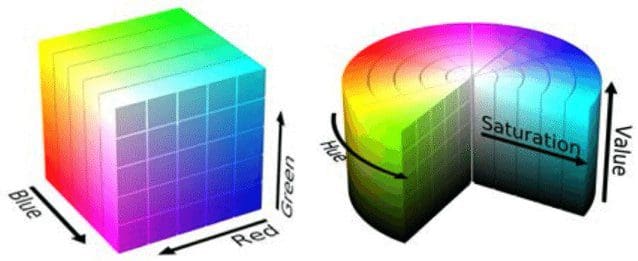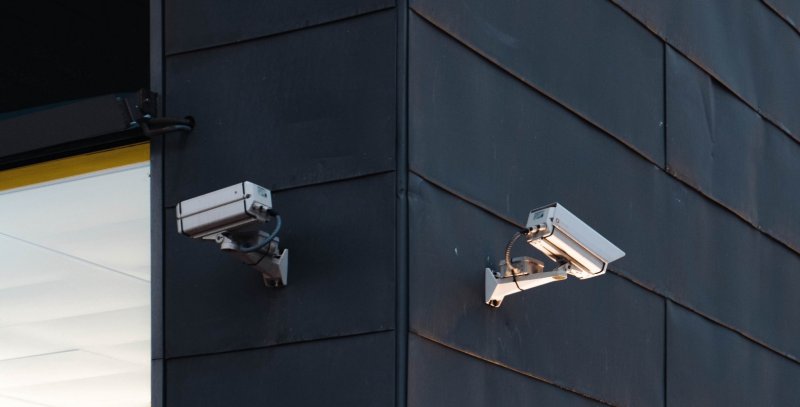Introduction
Computer Vision (CV) is nowadays one of the main application of Artificial Intelligence (eg. Image Recognition, Object Tracking, Multilabel Classification). In this article, I will walk you through some of the main steps which compose a Computer Vision System.
A standard representation of the workflow of a Computer Vision system is:
- A set of images enters the system.
- A Feature Extractor is used in order to pre-process and extract features from these images.
- A Machine Learning system makes use of the feature extracted in order to train a model and make predictions.
We will now briefly walk through some of the main processes our data might go through each of these three different steps.
Images Enter the System
When trying to implement a CV system, we need to take into consideration two main components: the image acquisition hardware and the image processing software. One of the main requirements to meet in order to deploy a CV system is to test its robustness. Our system should, in fact, be able to be invariant to environmental changes (such as changes in illumination, orientation, scaling) and able to perform it’s designed task repeatably. In order to satisfy these requirements, it might be necessary to apply some form of constraints to either the hardware or software of our system (eg. remotely control the lighting environment).
Once an image is acquired from a hardware device, there are many possible ways to numerically represents colours (Colour Spaces) within a software system. Two of the most famous colour spaces are RGB (Red, Green, Blue) and HSV (Hue, Saturation, Value). One of the main advantages of using an HSV colour space is that by taking just the HS components we can make our system illumination invariant (Figure 1).

#ai & machine learning #artificial intelligence #computer vision #cv #image recognition #multilabel classification #object tracking
